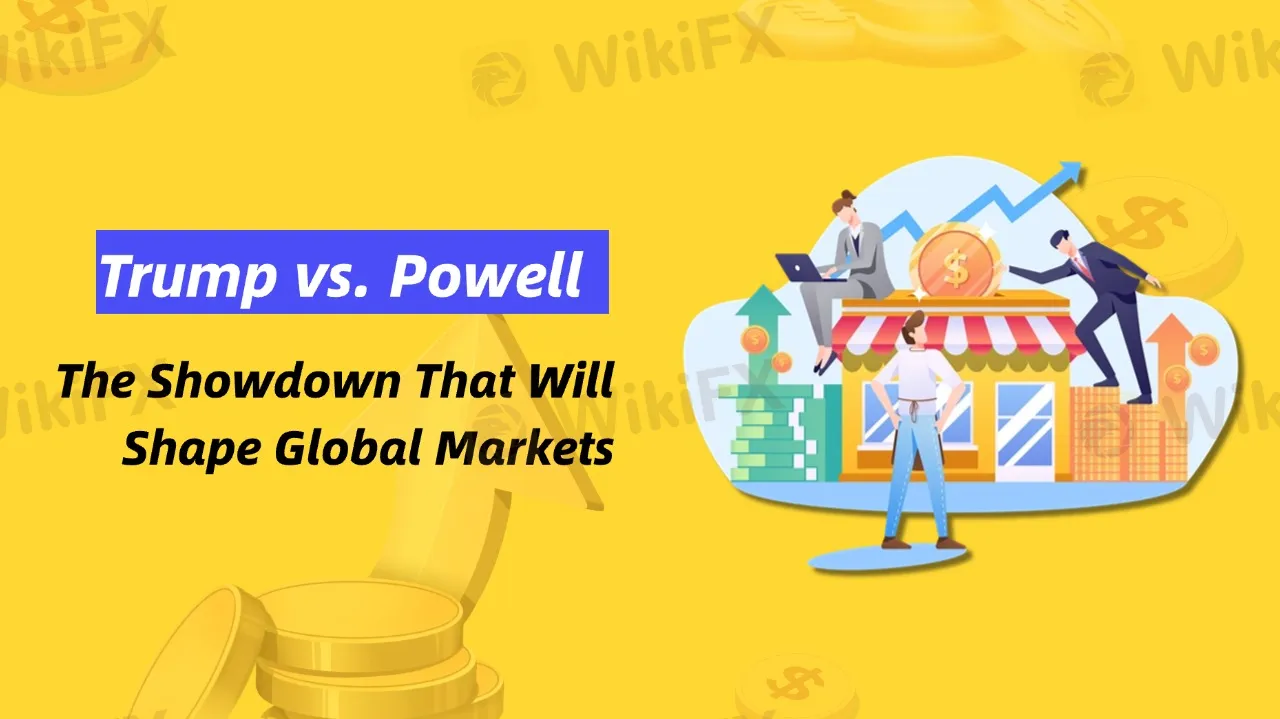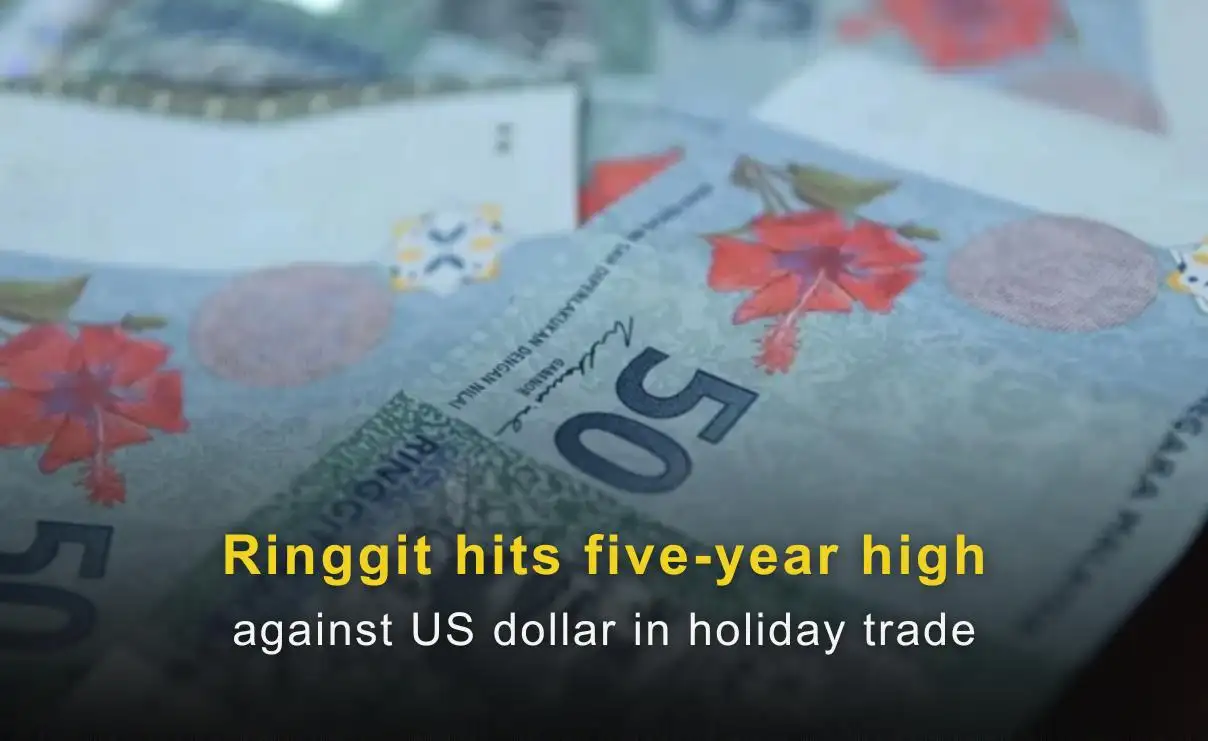Abstract:The financial market is in a downturn, with Trump and the Federal Reserve each making their own calculations, while investors anxiously watch from the sidelines. Their decisions will determine the market’s direction!

The confrontation between Trump and the Federal Reserve appears to be a standoff between monetary and fiscal policies, but at its core, it is a clash of power and credibility. Trump aims to influence market trends through trade wars and other measures, while Powell insists on the Feds independence and remains cautious about cutting interest rates.
The market widely expects the Fed to step in with rate cuts if the economy slows down, but Bank of America warns that if inflation remains high, the Fed will not easily back down to avoid damaging its credibility. This battle is not just about the U.S. economy—it is a focal point for global investors.
Trumps tariff policies have caused significant market volatility. After a sharp decline in U.S. stocks, he has shown no signs of calming the markets, shaking investor confidence.
Meanwhile, the Fed faces a dilemma: cutting rates too soon could send the wrong signal and lead to inflation spiraling out of control, while delaying too long could fuel market panic and increase the risk of recession. In this high-stakes game, investors are mere spectators, and the uncertainty in market expectations is further destabilizing the financial landscape.
Future Challenges: How Should Investors Respond?
If the U.S. economy falls into recession, the consequences will ripple across the globe, leaving investors to navigate an increasingly complex landscape. While the market expects the Fed to cut rates only in the event of a true recession, in the short term, policy uncertainty and inflation pressures will continue to weigh on financial markets.
Investors must closely monitor policy developments and adjust their asset allocations accordingly to brace for potential market turbulence. This “game of chicken” remains unresolved, and market uncertainty is likely to persist.










